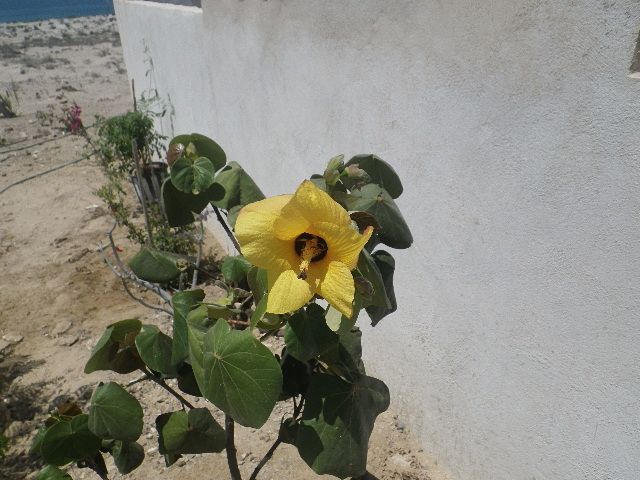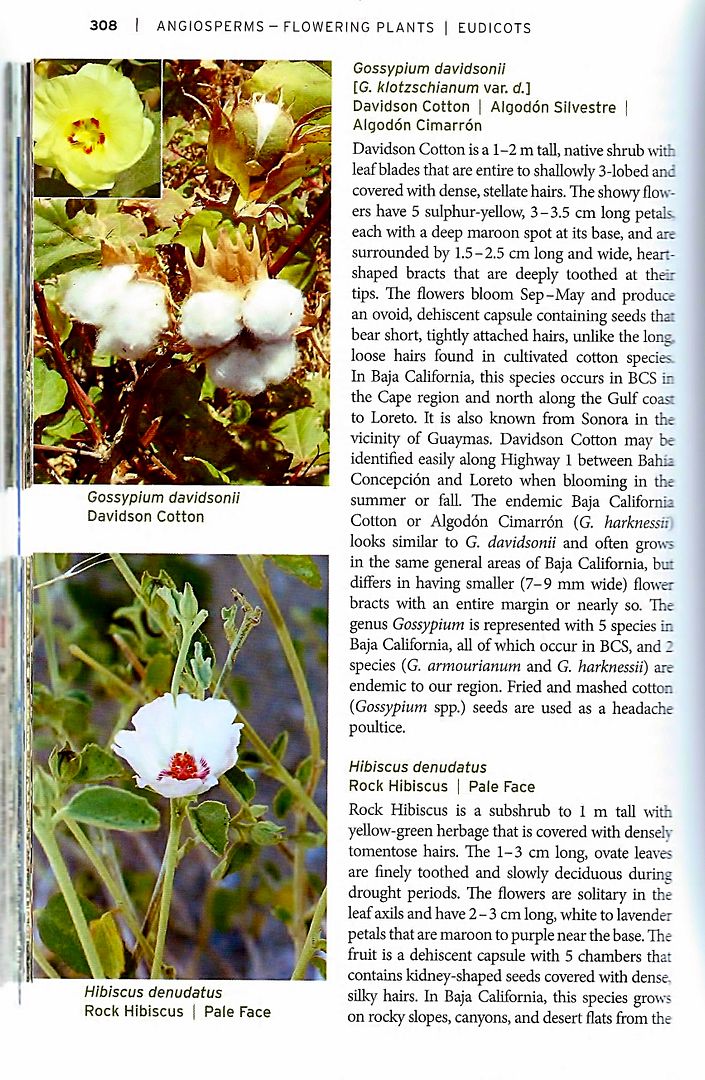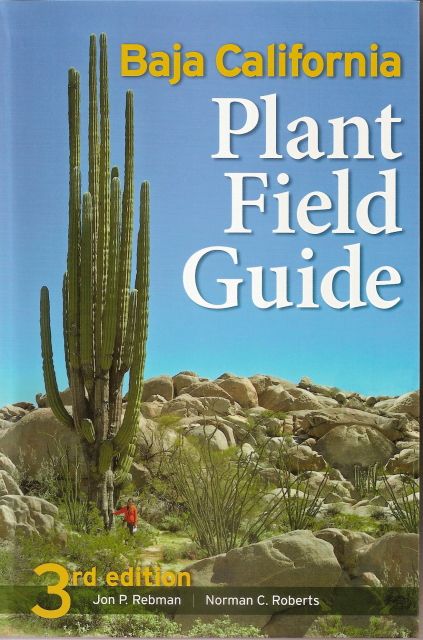It is called Seaside Mahoe. From Wiki...
Thespesia populnea, commonly known as the Portia tree[3] /ˈpɔərʃⁱə/, is species of flowering plant in the mallow
family, Malvaceae. It is a small tree or arborescent shrub that has a pantropical distribution, found on coasts around the world.[4] However, the
Portia tree is probably native only to the Old World,[5] and may have originated in India.[6] Its name is different in different languages in India.
Nowadays, its wood is mainly used in making furniture because of its good ability to undergo carving. The wood from the tree was used by early Tamil
people to make instruments in ancient Tamilakam.[7] It is possibly indigenous to the Hawaiian Islands and elsewhere in the Pacific, but may have been
spread by early Polynesians for its useful wood and bast fibres. The Portia tree reaches a height of 610 m (2033 ft) tall and a trunk diameter of
2030 cm (7.911.8 in).[8] It grows at elevations from sea level to 275 m (902 ft)[9] in areas that receive 5001,600 mm (2063 in) of annual
rainfall.[5] The Portia tree is able to grow in the wide range of soil types that may be present in coastal environments, including soils derived from
quartz (sand), limestone, and basalt; it favors neutral soils (pH of 67.4).[8] |
























